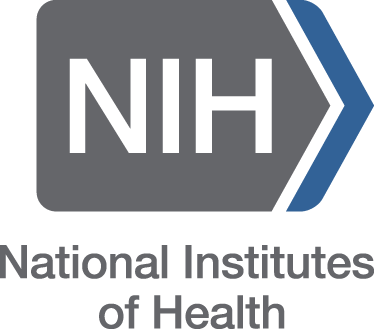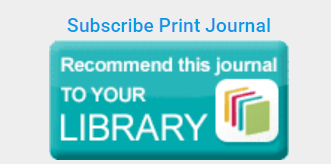Clinical effectiveness of salivary substitutes for patients suffering from Xerostomia - A Systematic review
DOI:
https://doi.org/10.63001/tbs.2024.v19.i03.pp126-132Keywords:
Xerostomia, artificial salivary substitute, mouthwash, oral sprayAbstract
Background - Saliva play pivotal role in many systemic activities such as swallowing, speech, digestion and taste perception. Therefore decrease in salivary flow can disrupt such activities and lead to conditions such as dysphagia , taste disorders, malnutrition and halitosis etc. 1Xerostomia refers to a subjective symptom of dryness of mouth. 2Hyposalivation refers to a condition when stimulated salivary flow and non stimulated flow are 0.7 ml/min and 0.1- 0.2 ml/min respectively. 3Xerostomia occurs 5% - 46% of population, elderly people are mostly affected, females are more affected than male. 4Numerous co-existing systemic as well as environmental condition leads to xerostomia. Xerostomia can be classified as true xerostomia and pseudoxerostomia. True xerostomia refers to a condition where salivary gland dysfunction occur in contrast term pseudoxerostomia consider a condition where hyposalivation occurs without salivary gland dysfunction.5 Additionally there is a lack of consensus on the optimal formulation, dosage and long term impact of salivary substitutes. Current research has yielded insights into the potential benefits of salivary substitutes including short-term relief of dry mouth symptoms and improved oral comfort.
Material and method - In this review, preferred reporting items for systematic reviews and meta-analyses and Cochrane Collaboration criteria are used as guideline to formulate review question, identify studies and assess their quality of selected studies, data extraction, and reporting. A protocol was developed before starting the search process for this review.
Results -The electronic search identified a total of 438 potential records. A total of 207 articles in PubMed, 229 articles in CENTRAL, and 2 articles were found in Embase. 53 duplicate articles were found and removed. The same two reviewers who performed electronic search, independently screened titles and abstracts of identified records and selected 33 articles on the basis of inclusion–exclusion criteria. Later, articles published before 2009 were excluded from the study and 17 articles were selected. Full-text copies of these reports were obtained. Of these 17 articles. Full text of two articles could not be obtained. Corresponding authors of these two papers were contacted for obtaining full texts but they failed to reply. A total of 15 trials were included for qualitative analysis.
Conclusion - It could be concluded that xerostomia affects the quality of life and studies included in this presented paper were carried out the different artificial salivary substitute therefore it is challenging to reach in definite conclusion. Oral7® Mouthwash (Contains natural enzymes glucose oxidase, lactoperoxidase, lysozyme and lactoferrin) was more effective in case of radiation induce xerostomia, in other hand herbal products were more effective in case of idiopathic xerostomia ,whereas use of Aldiamed® spray more effective in case of type I and type II diabetes mellitus. However, in case of drug induced xerostomia topical application of lycopene enriched virgin olive oil was more effective.






























